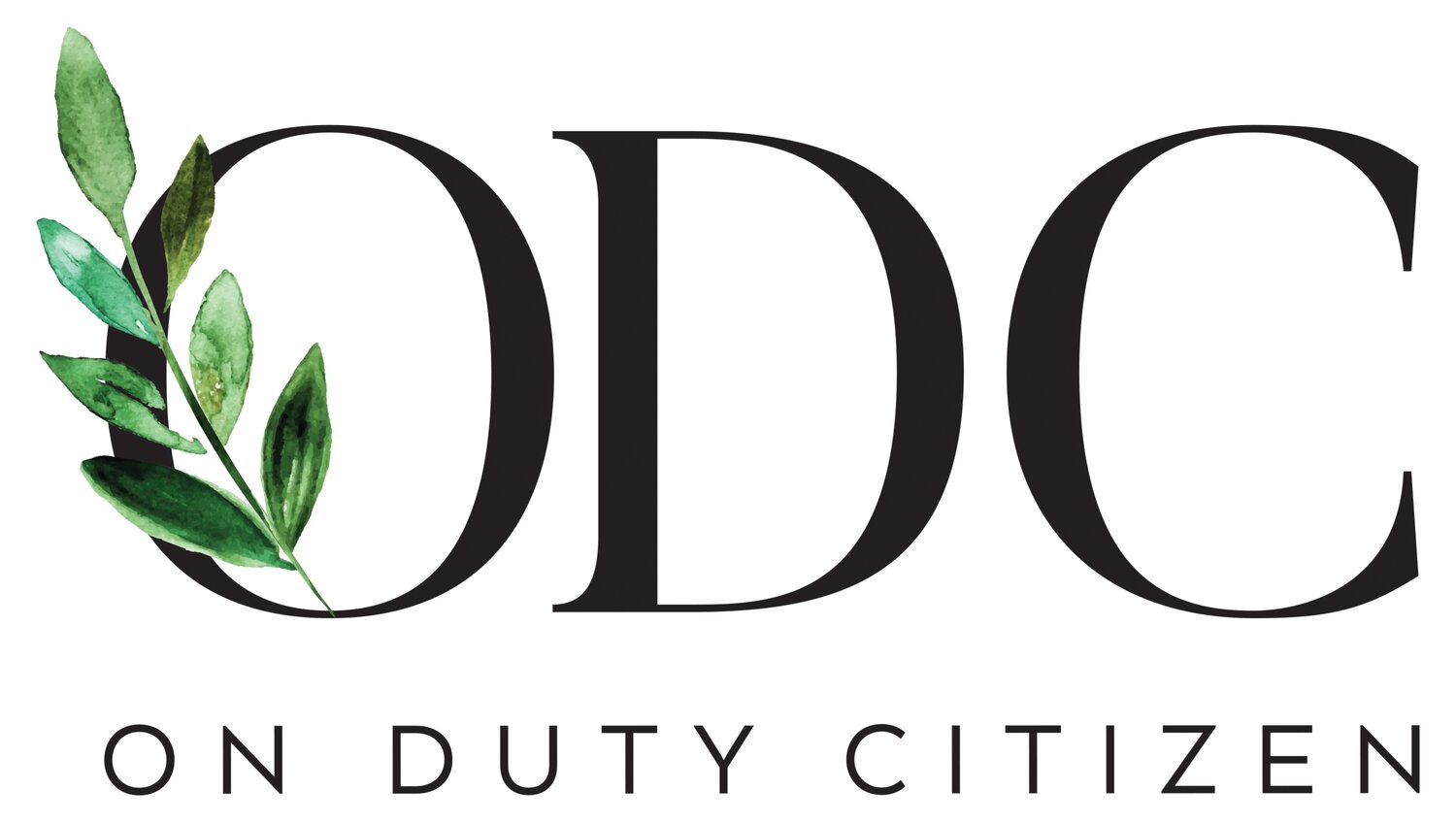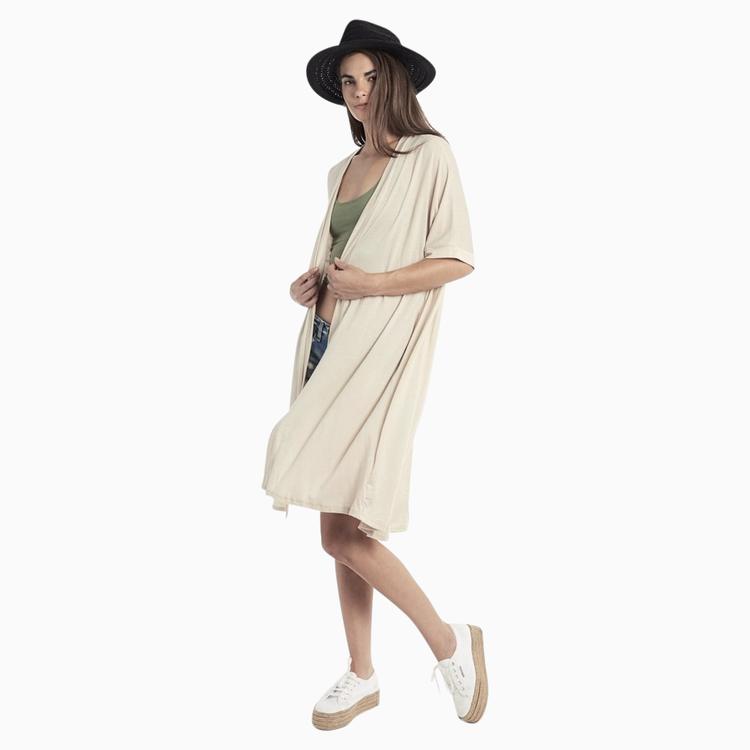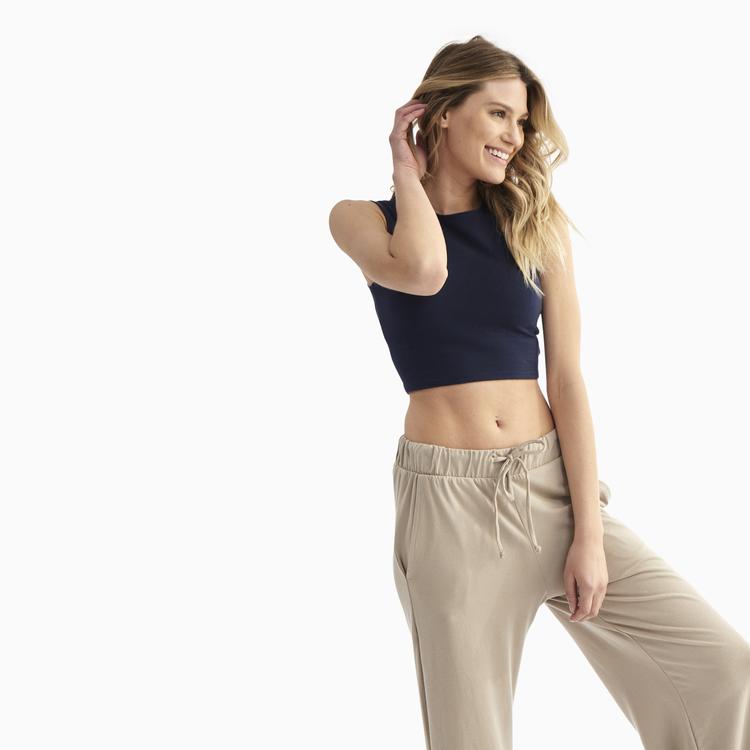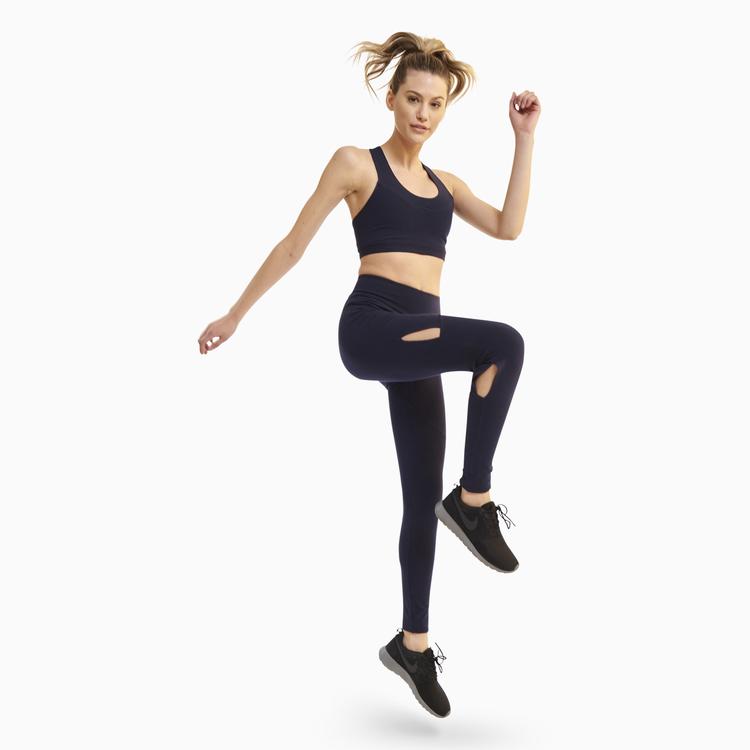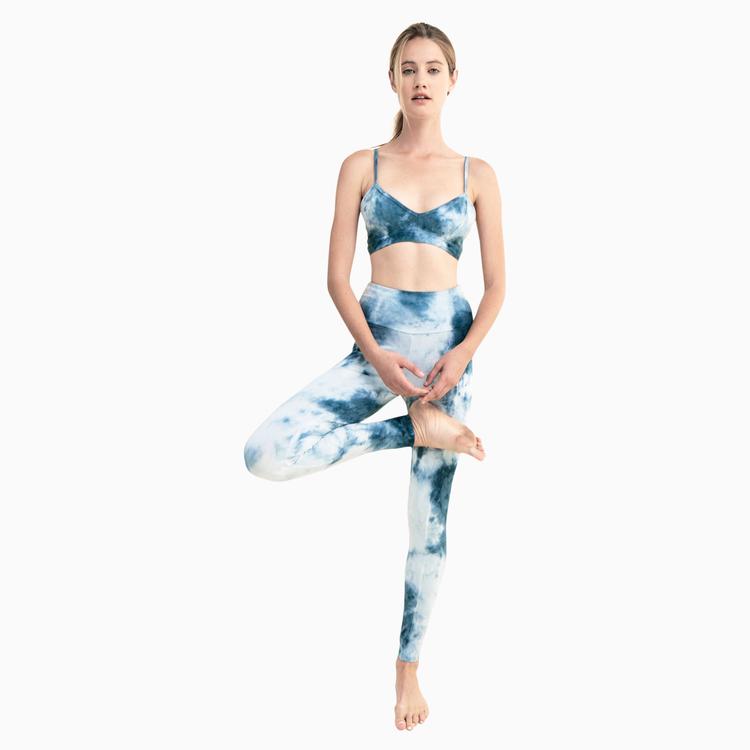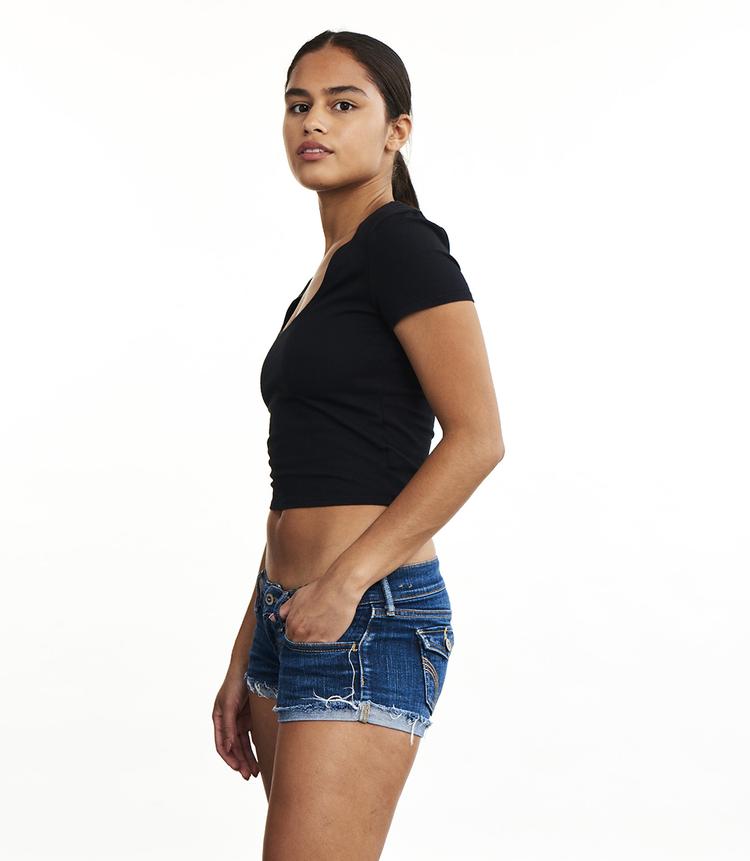I came across Vitamin A swim when I was browsing for the perfect non-fussy bikini that was simple, stylish, but most importantly, sustainable.
I kept hearing about Vitamin A, a company that similarly believes sustainable can be sexy. They too, felt strongly that bathing suits should be effortless and that they shouldn’t harm the environment. It seems crazy to wear a bathing suit in the ocean that would add to the destruction of it, so Vitamin A ensures the suits they create leave a positive impact on this Earth. They’ve become a favorite swimwear brand of mine that openly share their sustainable practices with all of their customers and followers, not to mention the swimsuits fit beautifully. I had the pleasure of chatting with Enya, a member of the Vitamin A tribe, on all the ins and outs of this company so you too can see what goes into making this sexy, sustainable swimwear! Enjoy!
1. How do you think you tapped into markets beyond the sustainable world? How do you maintain the “cool” factor while being eco-friendly?
We believe that sustainability and style really go hand in hand! Our eco-conscious production practices are part of what make Vitamin A sexy and cool. This is the essence of the Vitamin A brand, and something that doesn’t change for us.
We were one of the first brands nearly 20 years ago, to come up with a new concept of sexy and bring about a new direction for color palettes. Prior to Vitamin A, we were only seeing bright colors - fuchsia, purple, turquoise, jade, and black - in the swim industry. Neutral palettes didn’t exist yet, so Vitamin A was one of the first to really introduce a softer and more simple aesthetic. So later, when we integrated the sustainability aspect into Vitamin A, it was another platform, but the aesthetic was already there - it became another point of association for our customers and others in the swim industry!
2. What criteria does the company have for choosing factories to work with?
All Vitamin A bikinis and bodysuits are produced locally in California, which dramatically reduces our emissions for transporting and delivering raw materials! And by keeping the vast majority of our work local, we’re able to closely monitor any of the processes we can’t do ourselves to ensure our sustainable standards are being met. We're able to take the time to get to know the people who make our goods, and we’re proud knowing that our manufacturing team maintains a high standard of ethics and environmental responsibility.
For some of our products that cannot be made here in California, we partner globally with fair trade artisans to produce our materials ethically, meaning Vitamin A production outside of the US is providing women with fair-wage jobs in safe working conditions! We also visit their factories and remain in constant contact with our partners to ensure that they are meeting our same high standards.
3. What can we do as consumers to prolong the life of our swimwear and is Vitamin A working on a way to close the loop on waste after use?
Our first fabric was actually created out of industry waste! Vitamin A’s EcoLux fabrication was the first in our industry and the model for all of our sustainable fabrics. So we‘re constantly working to close the loop on waste – this means keeping that waste out of landfills and recycling it within the industry, innovating with plant-based fabrics, and also looking for ways to recycle worn garments (we’re not quite there yet, but trust us, we’re working on it!).
Prolonging swimwear:
Wear More, Wash Less
When cared for properly, Vitamin A swimwear will last for years. We recommend a gentle, low-impact approach. Unfortunately, when you wash anything made from synthetics (even if its recycled) it sheds microfibers that can be pollutants if they wind up in the ocean. Here are some environmentally-conscious tips on how to care for your swimwear:
Swim Cycle
Rinse in cold water to shed fewer microfibers. We love hand washing with Bikinis Over Everything, an eco-friendly bikini cleanser.
Use an all-natural biodegradable soap, such as Dr. Bronners, to spot-clean only necessary areas (it’s much better for your bikini and the environment than chemical-packed detergents or bleach).
Slip your bikini into an eco-friendly bag (like GUPPYFRIEND) designed to keep any loose microfibers from entering the water in your washing machine. It keeps our ocean water clean and will help your suit receive more delicate care.
Make sure to cold rinse your swimsuit after each wear, even if you don’t go in the water.
Stay Dry
Skip the dryer (and the green house gas emissions) and hang dry your bikinis. Avoid direct sunlight and lay your suits flat in a cool, dry place for a drying method that requires zero energy.
Take Turns
We know you have a favorite bikini, but the key to making it last longer is to wait until it’s completely dry to wear it again. If you’re planning to spend a few days in a row dressed in a bikini (lucky!) plan on bringing a couple different suits to wear.
4. In your opinion, what is the most unsustainable part of the fashion industry? What is Vitamin A doing to combat this? What about ethically?
The least sustainable part of the fashion industry is the pure fact that it’s based on petroleum products, which are materials derived from fossil fuels. At Vitamin A, we’re working on utilizing plant-based swim fibers to create our designs, while also shifting all of our beachwear to biodegradable products, recycled cotton, organic cotton, tinsel, linen, and silks.
5. For someone new to the sustainable world, what are some key small steps they can look out for when shopping to ensure they’re investing in a good company?
Consumers should look out for certain environmental endorsements, partnerships, or support of certifiable organizations that will indicate if any certain company is dedicated to eco-causes. For example, Vitamin A is a member of 1% - meaning we pledge to donate one percent of our annual sales to environmental non-profits.
We should also be sure to read our labels! Keep an eye out for where products are being made and what kind of materials are being used. Swimwear that’s made domestically will have less of a carbon footprint.
6. What are the next steps for Vitamin A? How do you see yourselves evolving in the next five to ten years?
We recently launched our newest BioRib fabric this season, which is made from organic plant-based fibers – meaning there’s zero impact on the food chain, 20% less CO2 emissions, and lower water consumption! We’re currently working on expanding on this concept with more biodegradable fabrics and continuing to innovate with new sustainable options. We’re also excited to be launching exclusive product collaborations with some of favorite retailers with the concept of “sustainability is sexy", to further share our mission with other brands in the industry!
